Putting your best foot forward
March 6, 2020 Chris Watson
WNC Pressure Washing
Putting Your Best Foot Forward Takes On a Whole New Meaning When It
Comes to Your Health and the Health of Your Business.
You might not realize just how many steps you take or what you expose your feet to in a normal day of work, but your
feet have a lot to deal with. The concerns are real when it comes to foot health and safety at work and even your bottom line. I’ve learned there are also great ways to avoid ever having a serious problem to begin with.
Do you consider sore feet to be something that just comes with the territory?
If you’re like me, my focus tends to stay on those things that bring in the money at the end of the day – sales, scheduling, service and getting to the next job. Sure, my feet ached but I didn’t see that as a huge red flag. After all, it’s a physical job. A long day could easily be 13 hours. Whose feet wouldn’t hurt? The problem, I learned the hard way, is that when pain is overlooked, minor issues like ‘just sore’ feet can lead to more serious conditions. In my case, Plantar Fasciitis had developed. Briefly, Plantar Fasciitis is a repetitive strain and impact injury to the ligament of the sole of the foot. Think of it as if taking a violin bow and over-stretching it again and again. It would have to be replaced. Fortunately, my injury was caught before any severe damage and under the care of my physician and a talented movement therapist, I was able to make the changes that continue to keep my feet healthy today.
Feet are not just useful but also statistic-worthy.
According to The Bureau of Labor Statistics, in 2017, at least 60,000 foot injuries were responsible for keeping people from work annually and that 80% of foot injuries are caused by objects that weigh 30 pounds or less. OSHA reported in 2018 that trips and falls consistently remain one of the leading causes of workplace injuries and are contributed to by slippery surfaces, improper footwear, rushing employees and weather conditions.
So, whether an injury is over-use, avoidance of pain signals, poor footwear choices, accidents or environmental circumstances, none of it happens without some loss of valuable work time. For many, or most of us, as sole proprietor business owners that means cancelling jobs and perhaps significant financial loss.
Tips for avoiding “inevitable” foot pain and injuries or for healing faster if it happens. Through my own experience and subsequently developing much greater awareness of this issue, I’ve learned several
methods, which when combined, insure my feet and my employees’ feet stay healthy and fit. After all, if my feet aren’t working, then it doesn’t matter how fit I am otherwise, I won’t be working.
1. Warm-up stretches designed specifically for feet.
Most of us think we don’t have a spare 15 minutes – it’s up and out the door. But I’ve found that here and there, I can easily fit in foot-specific stretches during my normal activities. For instance, while I’m waiting for the water tank to fill up – that’s 10 to 15 minutes that I can use to do stretches. Massage Therapist, Lawrence Hines of Asheville Therapeutic Massage, also a Certified Movement Specialist, followed up his massage with the following exercises. They Work!
a. Achilles stretch A – use wall (or your truck) to place hands in front, put one foot back with a straight leg, bend front knee, lean into the wall to stretch the calf and tendon.
b. Achilles stretch B – use the wall (or your truck Tire), place heel close to the tire and toes on the tire, lean into to stretch the calf and tendon.
c. Towel toe grasp - Seated, with towel on the floor in front of you (not carpet):
a) Step on the towel and grasp it with your toes. Draw it straight to you using your foot motion only. b) Place the towel to the R side, step on it w your R foot. Grasp it again and draw toward your L foot. c) Place the towel to the L side, step on it w your R foot. Grasp and draw to your R side.
Ten repetitions for all three motions.
d. Toe pull – seated, grasp your toes in one hand and pull them toward your knee to stretch the plantar surface of the foot. Short repetitive stretches for 10 reps. While stretching stroke the plantar surface with your other hand, thumb, knuckles. This increases the stretch and helps to break up fascial adhesions.
e. Toe raise, point, and curl – seated, a) foot and toes on floor, raise heels; b) point toes, raise heels; c) curl toes under, raise heels
f. Toe splay – seated, a) spread toes apart; b) use your fingers between toes to create spread, good while watching tv! g. Ball roll – seated, use a small ball like a golf ball (or tennis ball) under your foot for a rolling massage.
Always repeat both sides the same number of stretches and intensity.
2. Footwear.
Apply the same criteria to footwear choices as you would any other important piece of equipment. Imagine your most profitable piece of equipment breaking down for weeks or months. How would that impact your business? Now imagine injury to a foot or even both feet. You know, the same feet that allow you to show up and operate your equipment from point A to point B? Ouch.
Waterproof work boots with a firm sole and a good fit work really well for most situations on the ground. Supportive enough for long days and strong enough to protect from accidents like stubbed toes or dropped tools and equipment. Or even accidentally getting hit across the toes with your sprayer. And, just as important, your skin is protected from a chemical burn which, if it happens, could easily prevent returning to work until it’s well healed.
When I am required to climb a ladder and walk on the roof, I consistently switch to rubber boots. They give me the traction I need to avoid slipping and are tall enough to keep water out. Plus, for either type of boot, I wear waterproof overalls to make sure neither water nor chemicals can get close to or soak through to my skin.
3. Molded inserts or custom foot orthotics
One of the most effective and doctor recommended strategies for the prevention of injuries, I immediately noticed the difference in both shortening my healing process and preventing re-injury by using inserts. Custom orthotics may be more expensive but potentially more effective for your feet. Retail orthotics can be a combination of molded and cushioning but you may need to test a few to find the right fit or consult with a specialist.
4. Extra socks, dry shoes and boots
Again, think “equipment”. Having several pairs of extras on hand is an extremely effective way to protect feet from sweat, fungus, athlete’s foot or from getting waterlogged and possibly developing Trench foot, a type of tissue damage from prolonged exposure to wet conditions. It can lead to swelling, pain, skin, muscle and nerve damage. Change into a dry pair of socks and dry boots between jobs. Dry socks in wet boots are not much help!
Making ‘Best Practice’ a Habit
While all of this might sound like a lot of hassle, making these foot safety routines a habit is really just best practice for
the good of our industry, your health and to protect your business from unnecessary, and unwanted, stress. Let your customers know you understand the value of best practices and safety. They will know they have hired a true professional who takes the time to get it done right.
Foot health and safety tips
To keep feet strong and healthy:
• Complete a thorough warmup routine before exercising.
• Wear supportive footwear for day-to-day activities and sports.
• Replace shoes when they are worn down.
• Build up strength and flexibility slowly, to condition feet and ankles.
• Avoid uneven surfaces, especially when running. Try not to run uphill too often.
• Listen to the body and do not overdo activities.
• Prevent any recurrence of injury by resting and receiving appropriate treatment.
Keeping the feet and ankles healthy is always a good idea. The exercises above can help to ease existing pain, prevent discomfort, and reduce chances of injury.





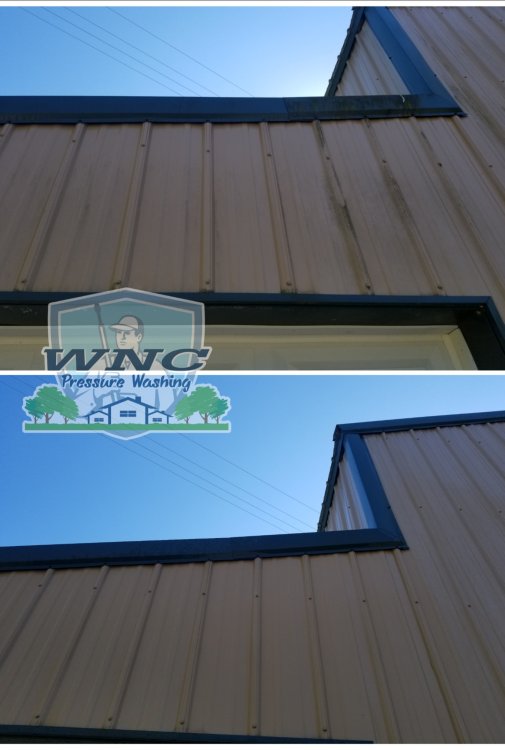
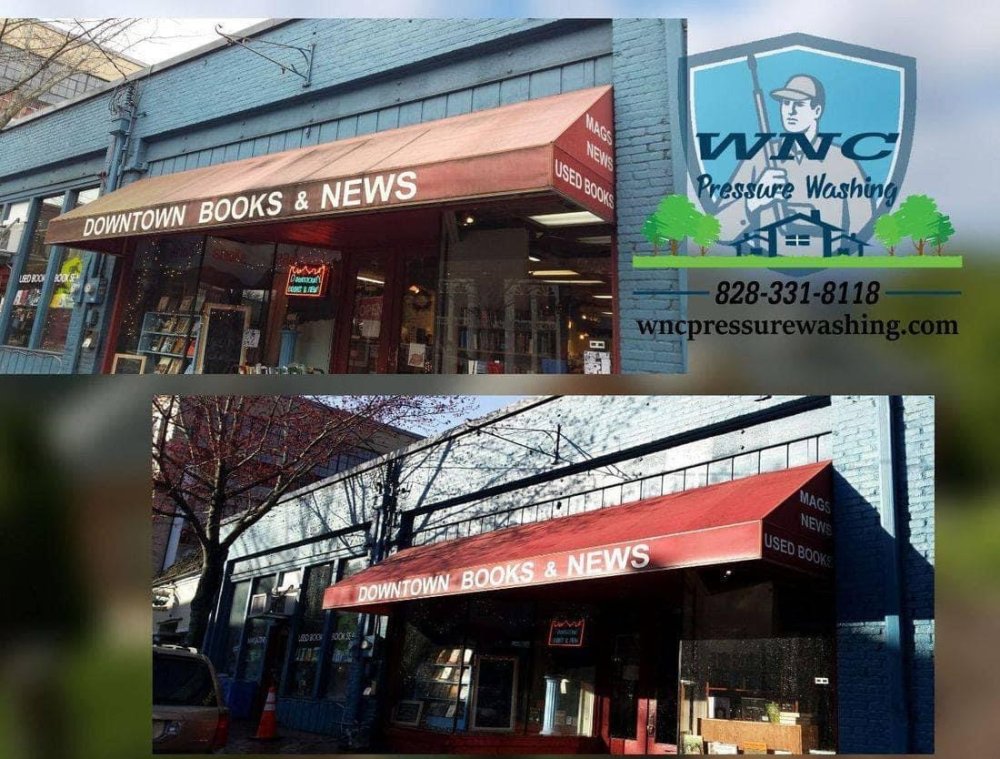
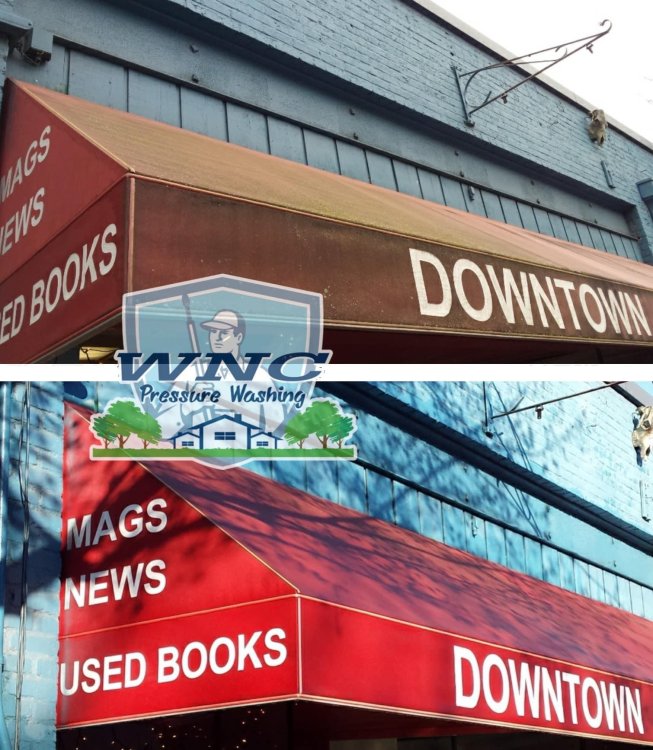
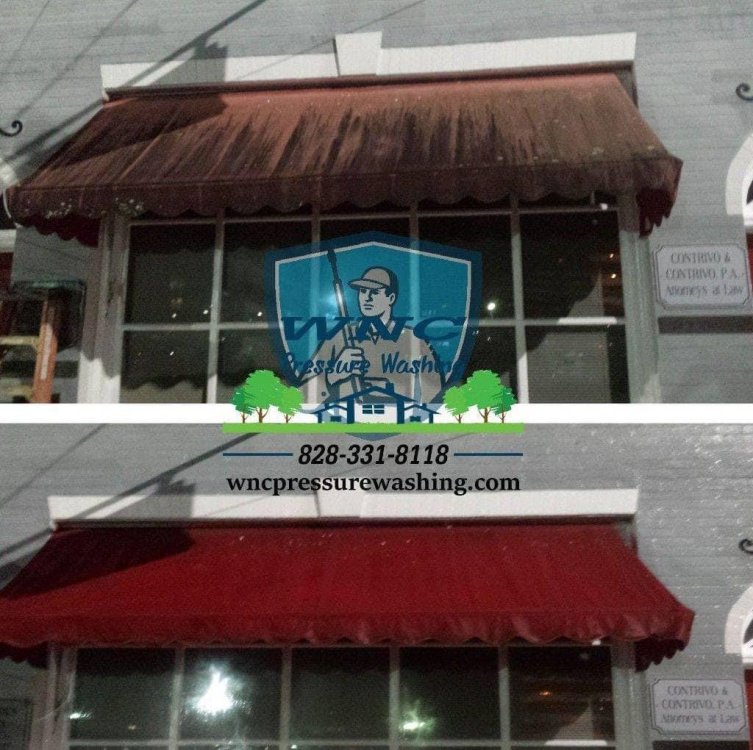
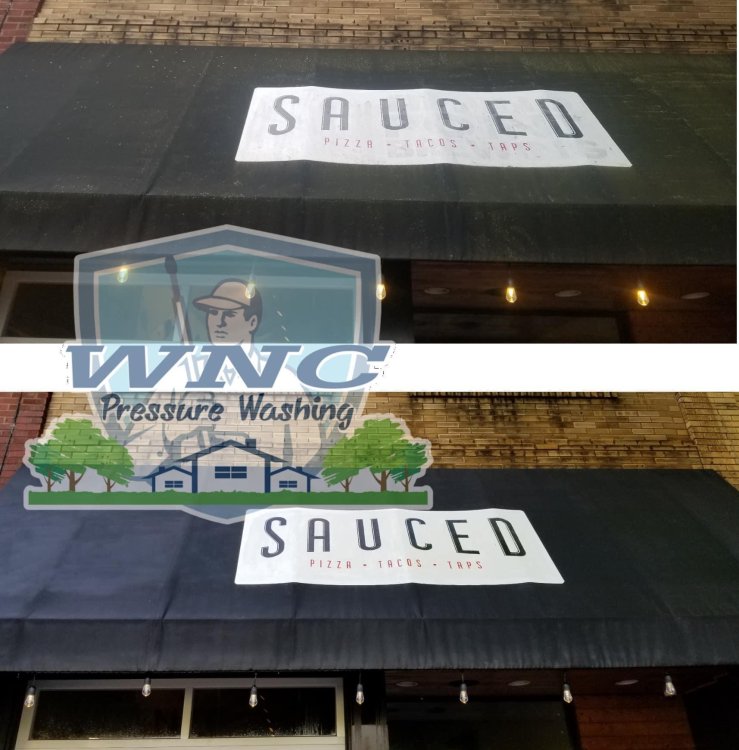
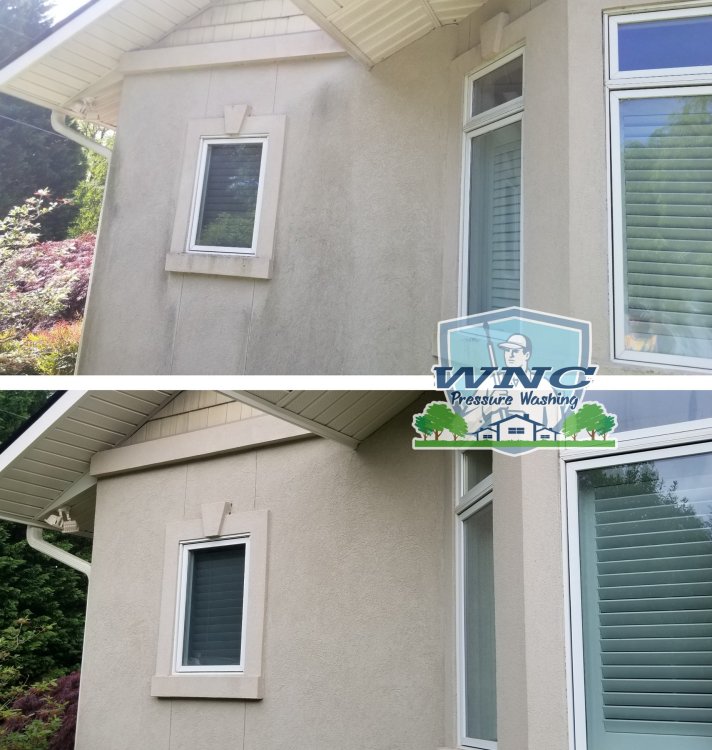
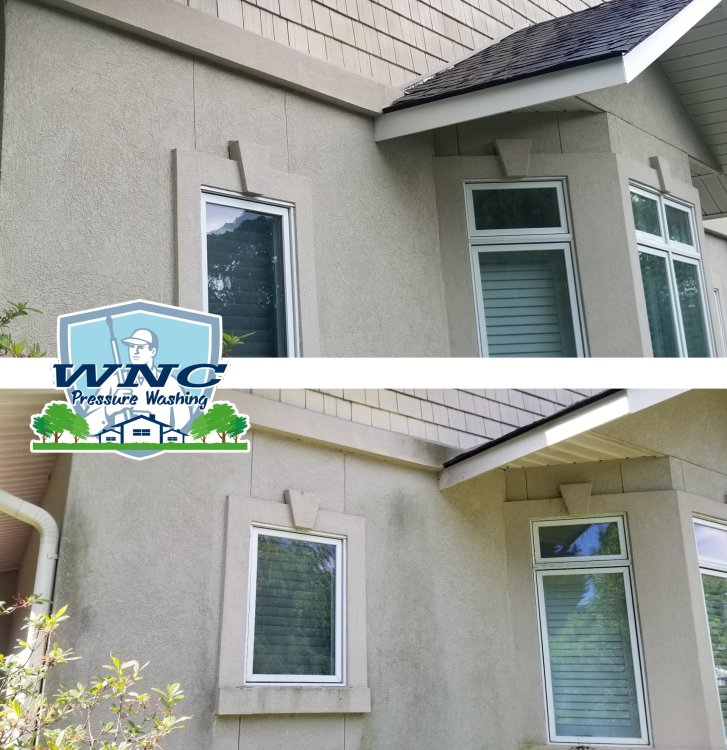
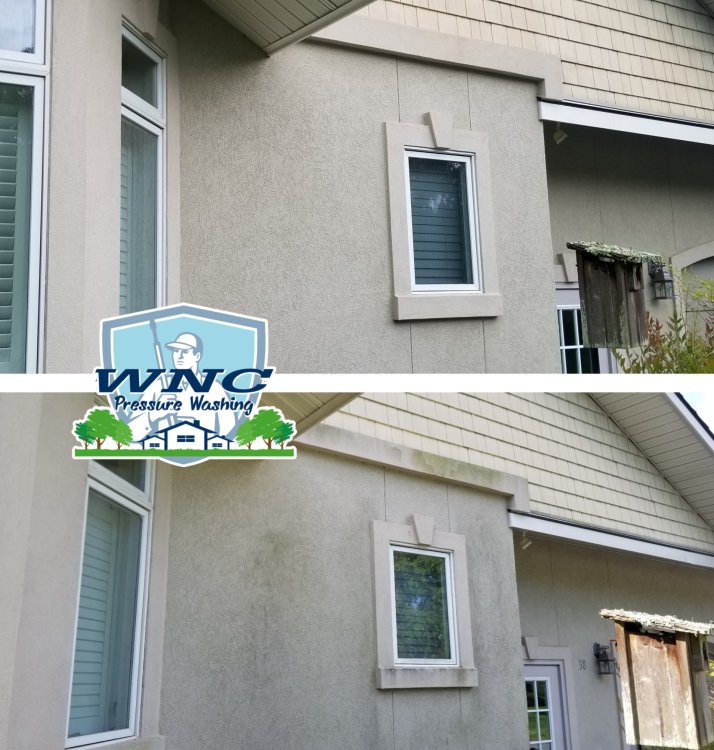
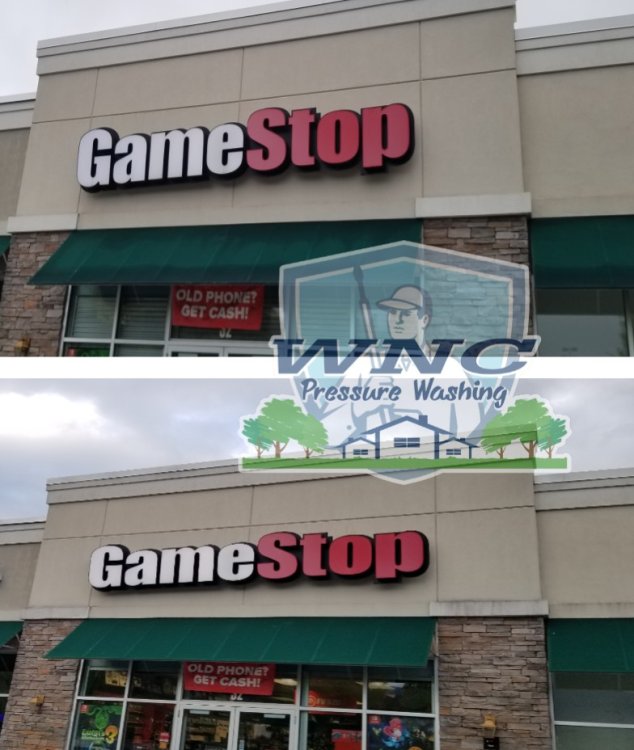
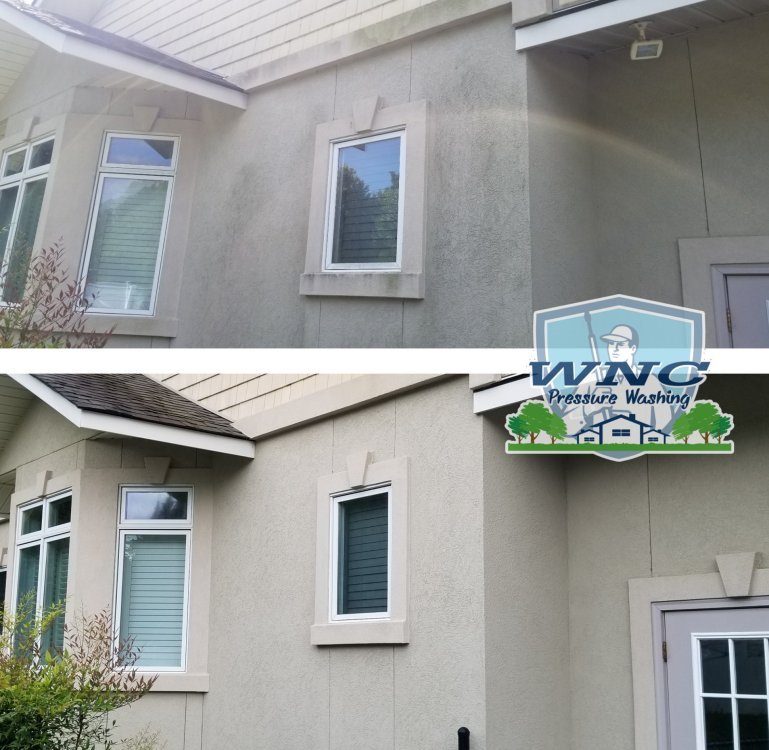

2 Comments
Recommended Comments
Create an account or sign in to comment
You need to be a member in order to leave a comment
Create an account
Sign up for a new account in our community. It's easy!
Register a new accountSign in
Already have an account? Sign in here.
Sign In Now